
أخبار
غانا تخطو خطوة تاريخية نحو اعتماد البيتكوين
3 Min قراءة
Vandit Grover
Author

أخبار
استراتيجية تتفوق على Wells Fargo من حيث حجم التداول اليومي
3 Min قراءة
Vandit Grover
Author

أخبار
عريضة دعم مطوري ساموراي تتجاوز 11,000 توقيع
3 Min قراءة
Vandit Grover
Author

أخبار
صناديق بيتكوين وإيثيريوم تشهد خروج 1.14 مليار دولار بينما تشهد SOL وXRP تدفقات دخول
3 Min قراءة
Shweta Chakrawarty
Author

أخبار
توسع Backpack في اليابان مع ميزة الإقراض بالعملات المشفرة
3 Min قراءة
Shweta Chakrawarty
Author

أخبار
رفع أسعار الفائدة في بنك اليابان: اليابان قد ترفع الفائدة إلى 1.5%
2 Min قراءة
Hanan Zuhry
Author

أخبار
توقعات هوسكينسون لبيتكوين: BTC قد يصل إلى 250 ألف دولار بحلول 2026
2 Min قراءة
Hanan Zuhry
Author

أخبار
حظر Hyperliquid لرمز HYPE: منع الموظفين من تداول الرمز
2 Min قراءة
Hanan Zuhry
Author

أخبار
استثمار العملات المشفرة في هونغ كونغ: السماح لشركات التأمين بالاحتفاظ بالأصول الرقمية
2 Min قراءة
Hanan Zuhry
Author
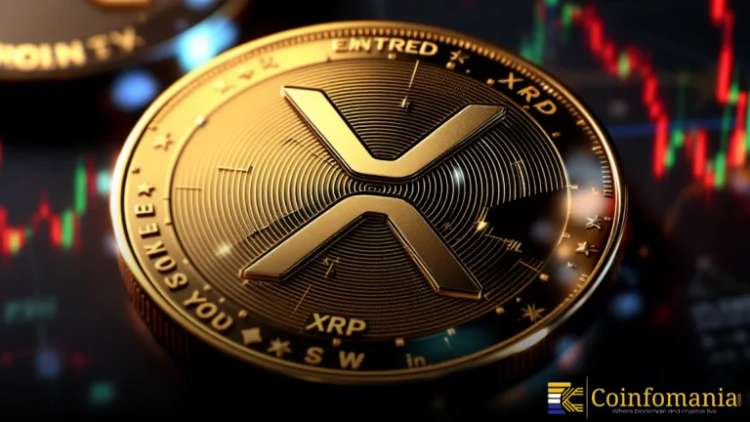
أخبار
اقتراب XRP من مستوى دعم حرج مع ظهور إشارة تحذيرية من مؤشر TD Sequential
2 Min قراءة
Triparna Baishnab
Author

أخبار
الحيتان تزيد مشترياتها من HYPE مع تدفق جديد من USDC إلى Hyperliquid
2 Min قراءة
Triparna Baishnab
Author

أخبار
المشرّعون في الولايات المتحدة يسعون لإصلاح ضرائب تخزين العملات المشفّرة قبل موعد 2026
2 Min قراءة
Triparna Baishnab
Author

أخبار
دوجكوين يحافظ على دعم طويل الأجل حاسم مع ترقّب المتداولين لتأكيد اختراق محتمل
2 Min قراءة
Triparna Baishnab
Author

أخبار
تراجع AAVE بنحو 10% بعد خروج حوت بقيمة 38 مليون دولار يتسبب في صدمة مفاجئة للسوق
2 Min قراءة
Triparna Baishnab
Author
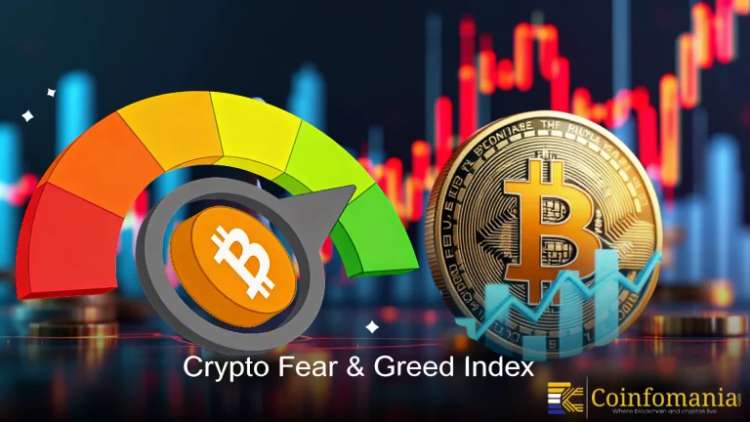
أخبار
مؤشر الخوف في سوق العملات الرقمية: ارتفاع المعنويات إلى 25 وسط حذر السوق
2 Min قراءة
Hanan Zuhry
Author

أخبار
الإعفاء الضريبي للعملات المستقرة: مشروع قانون أمريكي يستهدف المدفوعات دون 200 دولار
2 Min قراءة
Hanan Zuhry
Author
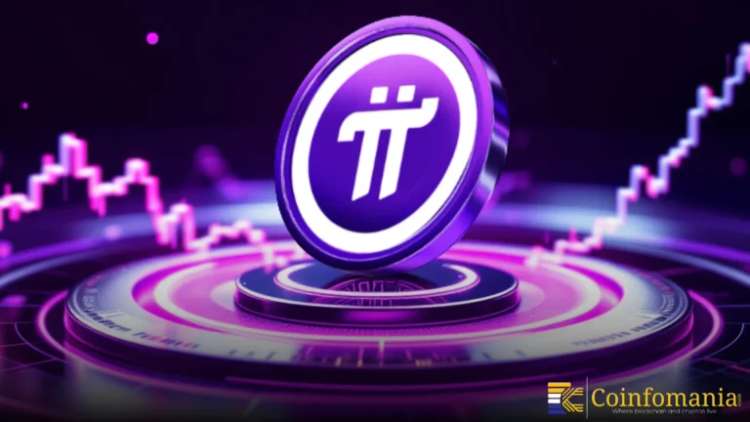
أخبار
يعزّز Pi Network منظومته ويدفعها إلى الأمام
2 Min قراءة
Triparna Baishnab
Author

أخبار
شركة Bitmine المرتبطة بتوم لي تشتري 13,412 ETH وفقاً لبيانات السلسلة
3 Min قراءة
Shweta Chakrawarty
Author

أخبار
الخوف ما زال يهيمن على أسواق العملات المشفّرة رغم تحسّن طفيف في المعنويات
3 Min قراءة
Vandit Grover
Author

أخبار
إندونيسيا تصدر قائمة رسمية تضم 29 منصة تداول عملات رقمية مسجلة
3 Min قراءة
Shweta Chakrawarty
Author

أخبار
رحلة بيتكوين الطويلة نحو الأمان بعد حقبة الحوسبة الكمية بدأت بالفعل
3 Min قراءة
Vandit Grover
Author

أخبار
دفع أمريكي لإصلاح قواعد ضرائب التخزين قد يعيد تشكيل ضرائب مستثمري العملات المشفرة
3 Min قراءة
Vandit Grover
Author

أخبار
اقتراح تفعيل رسوم Uniswap يحقق النصاب بـ40 مليون صوت من UNI
3 Min قراءة
Shweta Chakrawarty
Author

أخبار
تحذير من فريق Pi Network بشأن عمليات الاحتيال المرتبطة بسعر Pi
3 Min قراءة
Shweta Chakrawarty
Author
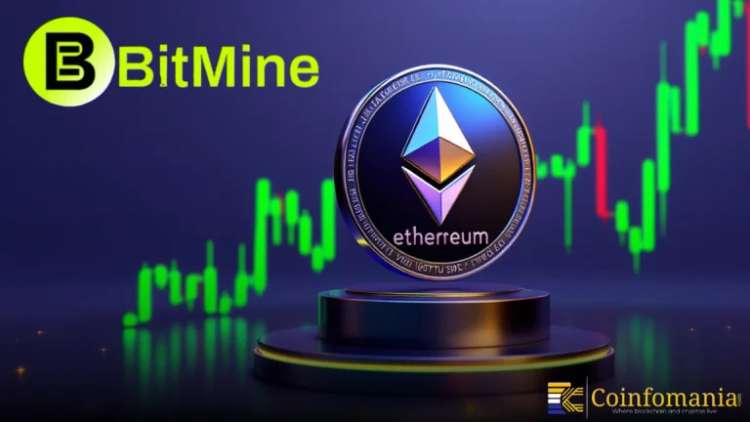
أخبار
Bitmine تقترب من السيطرة على 5٪ من المعروض الإجمالي من الإثيريوم
3 Min قراءة
Vandit Grover
Author
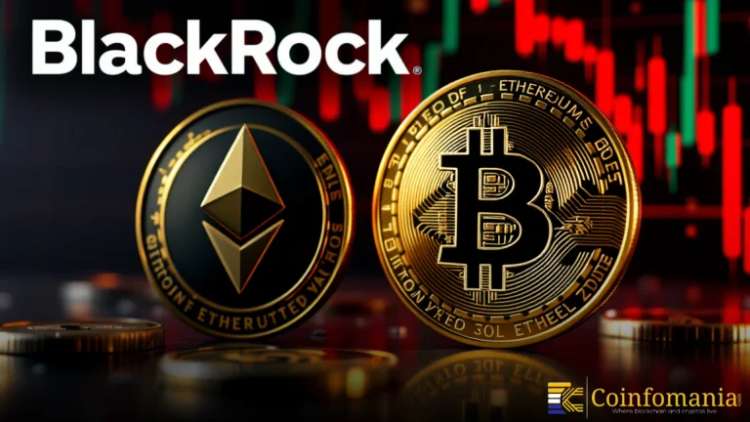
أخبار
عملاء بلاكRock يبيعون أكثر من 249 مليون دولار من العملات المشفرة مع تغيّر معنويات السوق
4 Min قراءة
Vandit Grover
Author

أخبار
حيتان بيتكوين الجديدة تعيد تشكيل الأساس السعري للسوق بهدوء
3 Min قراءة
Vandit Grover
Author

أخبار
عمالقة وول ستريت يخفضون توقعاتهم لسعر البيتكوين مع تراجع التفاؤل في السوق
3 Min قراءة
Vandit Grover
Author

أخبار
منصة الإطلاق «Tuna» المبنية على Solana تقدم منحنى ربط مع حماية الخروج
3 Min قراءة
Shweta Chakrawarty
Author

أخبار
تدفقات حيتان تتجاوز 90 مليون دولار من Zcash خارج منصة Binance مع تزايد وتيرة التراكم
3 Min قراءة
Shweta Chakrawarty
Author